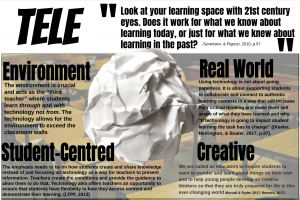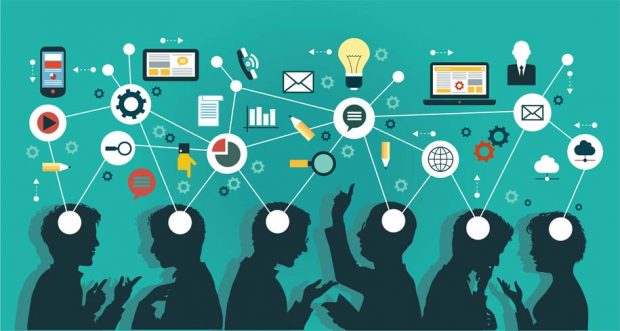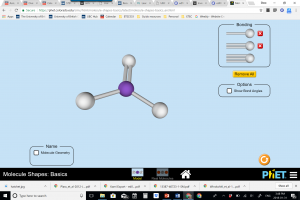There is one absolute that we can all agree upon in education, that we as educators are in the business of preparing students for their future. There is also one absolute that we all disagree on, what exactly that future is and what students will need to know. The scary part of this entire debate is that our reality is preparing students for a future that is in motion using curriculum and pedagogy frozen in time. We have to realize that we are living in a “postFordism” world where we have to examine our responsibility as educators to consider the implications of what we do in our classrooms to ensure our students are adequately prepared for a productive life (The New London Group, 1996). We need to look at the design of our learning environments and ask ourselves if we are creating a space that is for student centered creativity.
A technology enhanced learning environment allows for a individualized and flexible learning experience. It is essential that in our design we break down the faceless learning machine to have a personalized approach that is built upon the students as individuals. More than students consuming content that was created for a “one size fits all” learning environment, technology allows for learning to become co-created, interactive, and flexible to the current ability, reality, and context of the student. Instead of planning tasks that are simply technological extensions of everyday traditional paper and pencil teaching, we can swim into the deep end of SAMR with a redefinition of what the students are doing and why. Learning that is purposeful, creative, and fits into the real lives of the students. This notion of technology enhanced learning reflects what Jonassen described in his definition of students learning WITH not FROM technology (2000).
My image I created reflects the 4 key areas of my TELE with the balled up paper in the center to represent going back to the drawing board of what we know about learning then…to what we know about learning now.

References
Burvall, A., & Ryder, D. (2017). Intention: Critical Creativity in the Classroom. EdTechTeam Press.
Keeler, A., Herrington, D., & Boaler, J. (2017). Teaching Math with Google apps: 50 g suite activities. San Diego, CA: Dave Burgess Consulting.
Learning with Technology | Overview. (2015, September 23). Retrieved from https://education.alberta.ca/learning-with-technology/overview/
Puentedura, R. (2018). SAMR and TPCK: A Hands-On Approach to Classroom Practice. [online] Ruben R. Puentedura’s Weblog. Available at: http://www.hippasus.com/rrpweblog/archives/2014/12/11/SAMRandTPCK_HandsOnApproachClassroomPractice.pdf [Accessed 21 Jan. 2018].
The New London Group. (1996) “A Pedagogy of Multiliteracies:Designing Social Futures.” Harvard Educational Review 66(1), pp. 60-92.
Resnick, M. (2017). Lifelong kindergarten cultivating creativity through projects, passion, peers, and play. Cambridge, MA: MIT Press.
Robinson, K., & Aronica, L. (2016). Creative schools: The grassroots revolution that’s transforming education. NY, NY: Penguin Books.
Syvertsen, J., & Pigozzi, A. O. D. W. (2010). The third teacher: 79 ways you can use design to transform teaching & learning. Abrams.


